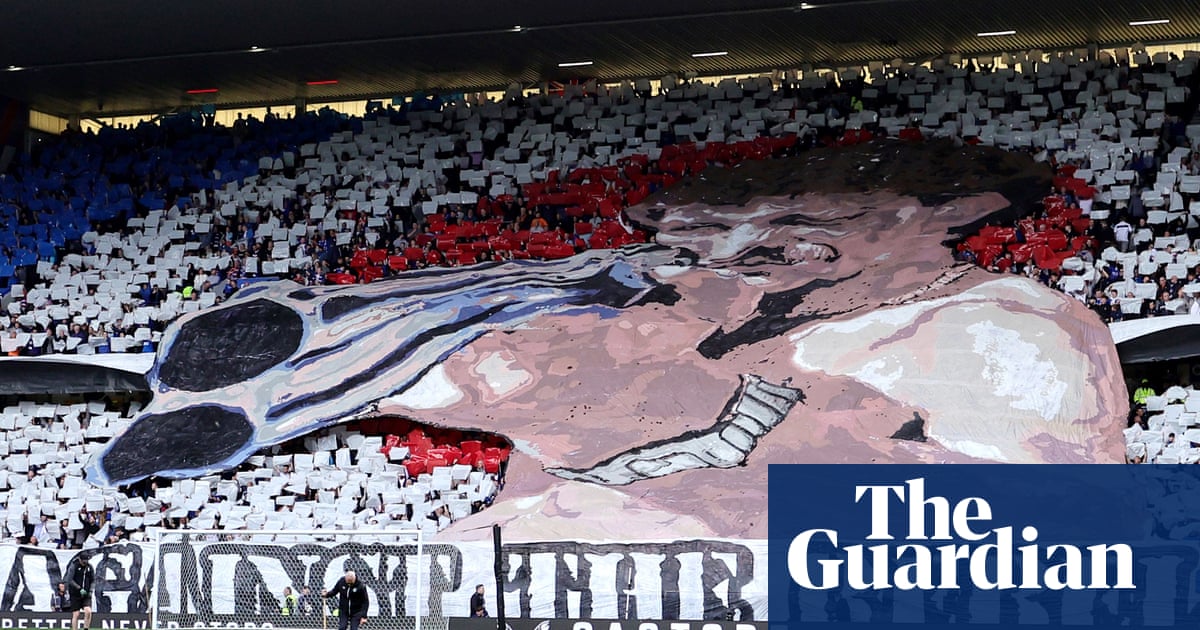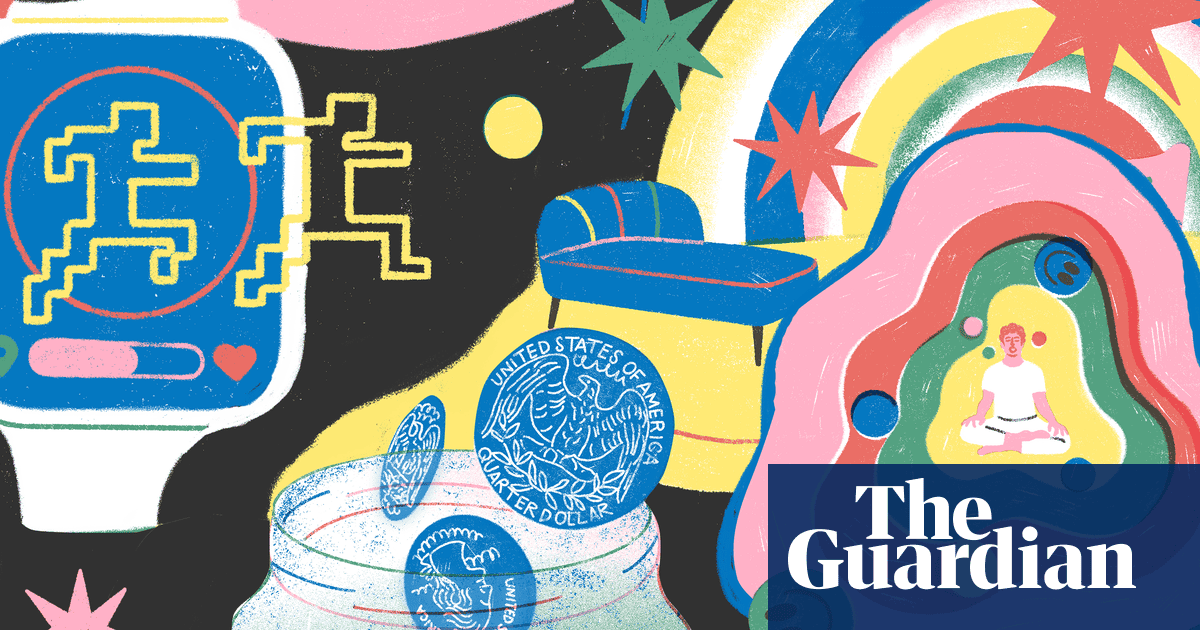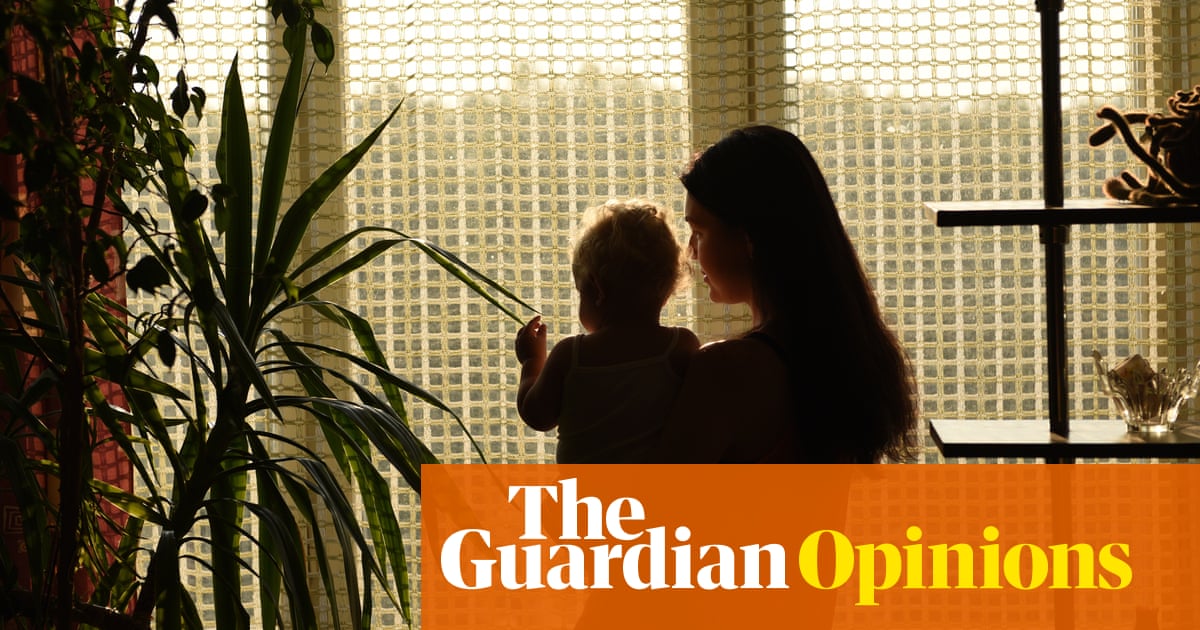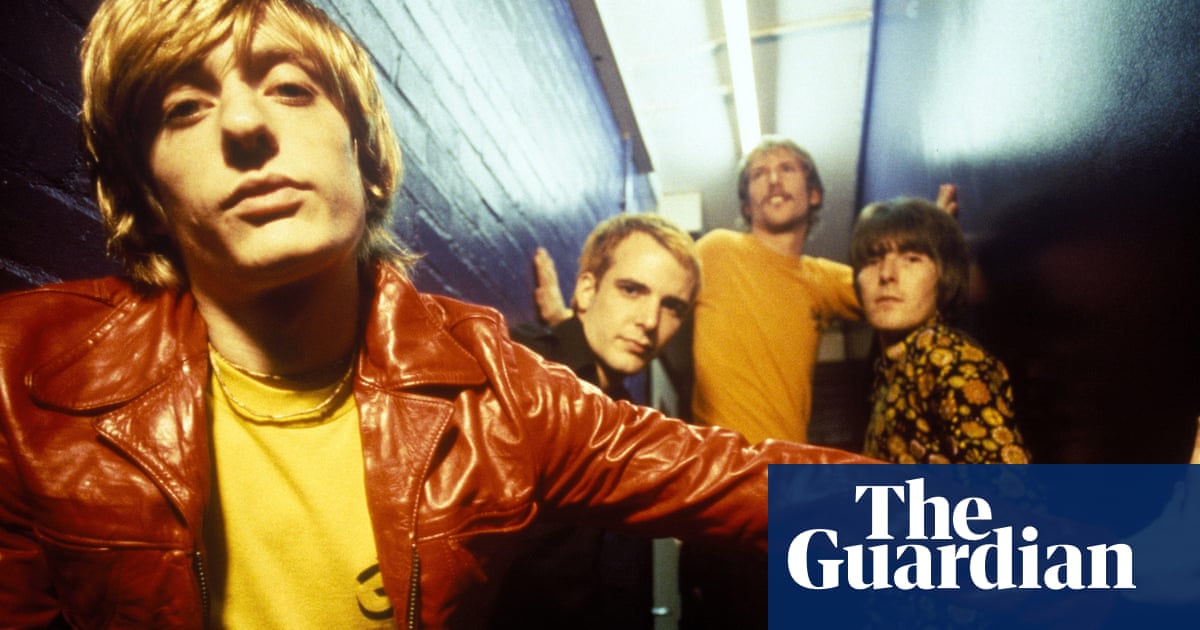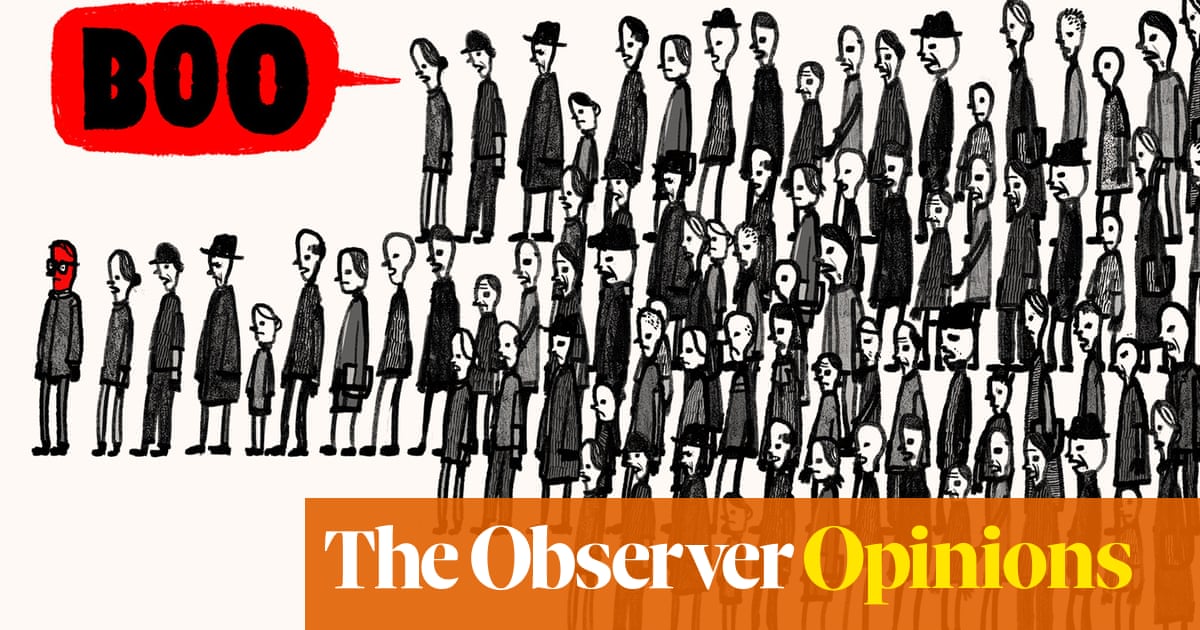JD Vance’s decision, while in Germany, to meet the far-right AfD leader, Alice Weidel, yet decline a meeting with the chancellor, Olaf Scholz, would have caused more alarm, I feel, if it hadn’t come accompanied by so much other signalling. The vice-president of a nation engaged in tearing down its own institutions lectured the whole of Europe on its project to “destroy democracy”, which is absolutely textbook: he’s describing black as white, openly turning observable reality on its head. It’s unsettling, for sure, but that’s because it’s audacious, not because it’s complicated. It’s the simplest move of statecraft ever – show the world who you are, dare them to call you on it.
Meeting Weidel was the second simplest move – show the world who your allies are, dare them to mention it, or see if instead they turn themselves in knots trying to bring the AfD back into the fold, rather than accept that the postwar consensus has folded.
Like many people, I often feel as if I grew up with the Michael Rosen poem that starts: “I sometimes fear that / people think that fascism arrives in fancy dress.” In fact, it was written in 2014, but it was such a neat distillation that it instantly joined the canon of words that had always existed, right up there with clouds being lonely and parents fucking you up. Obviously, fascism arrives as your friend. How else would it arrive?
What I did not anticipate, when thinking that the whole suite of behaviours, from Nazi saluting to upturning reality, belonged well and truly to the past, was the sense of paralysis that would settle when fascism finally put its fancy dress on.
I’m not talking about other world leaders, and the sufficiency or otherwise of their response. I’m honestly just talking about the guy in the street, the spectator, myself. You’re dumbstruck for ages, not wanting to call the thing what it is. It starts off feeling like embarrassment or coyness – what kind of hysteric runs around shouting “fascist”? A very silly one, surely? They might be the ones who have put their patent jackboots on, but fancy dress only exists with an audience.
Then it morphs into something more superstitious – don’t call the thing what it is because that will only embolden the thing. You can keep telling yourself that the thing is already bold enough and doesn’t need your energy. Yet the feeling persists: if I decline to freak out, then the next phase cannot commence.
Between 1933 and 1939, the journalist Charlotte Beradt compiled The Third Reich of Dreams, in which she transcribed the nightmares of citizens from housemaids to small-business owners, then grouped them thematically, analysed them, and smuggled them to the US. They were published in 1968. A surprising, poignant number of them were about people dreaming that it was forbidden to dream, then freaking out in the dream because they knew they were illegitimately dreaming. There were amazingly prescient themes, of hyper-surveillance by the state before it had even begun, of barbarous violence, again, before it had started. But the paralysis theme was possibly the most recurrent and striking – people’s limbs frozen in Sieg Heils, voices frozen into silence, motifs of inaction from the most trivial to the most all-encompassing.
That’s the problem with paralysis – it gets into everything. If you can’t respond to the news, you can’t look at the news, but you know it’s still there. When you’re averting your eyes, you can’t even think your way into next month. Casting yourself any further ahead than that feels like asking for trouble. Frozen feels preferable to adapting to a new reality. Sometimes you don’t have to look for it – trouble will find you anyway.

 2 months ago
53
2 months ago
53




